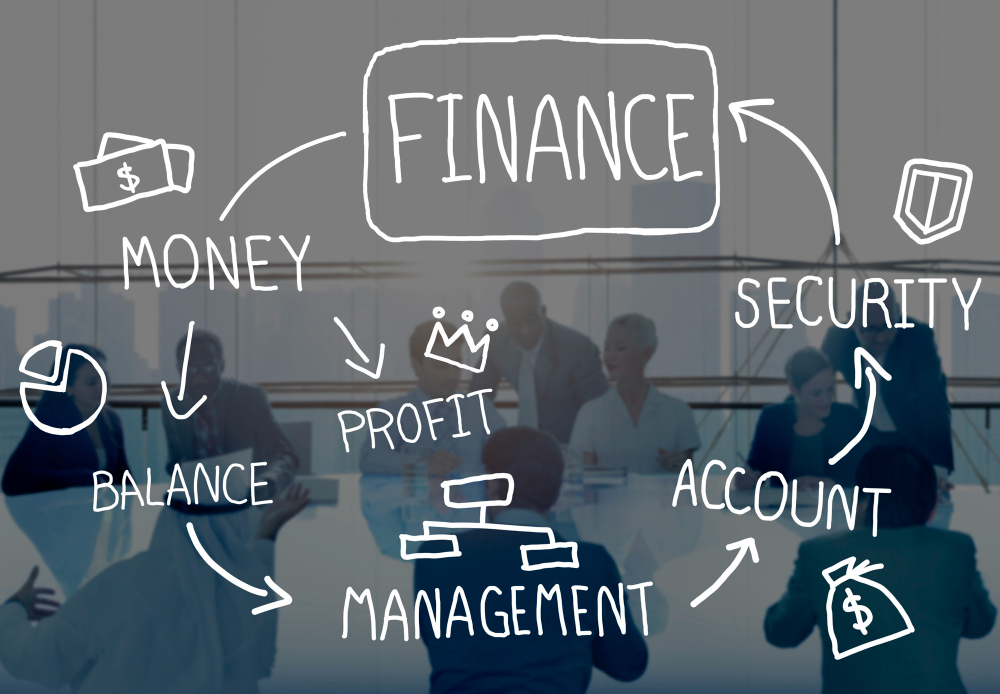
Managing personal finances can often feel like a daunting task, but it doesn’t have to be. By using a personal finance flowchart, you can visualise your financial journey and take clear, actionable steps toward financial stability and growth. In this comprehensive guide, we’ll explore ten ways to simplify your financial path using a flowchart approach. Let’s dive in!
Personal Finance Flowchart:Assess Your Current Financial Situation
The first step in any financial journey is to understand where you currently stand. Create a flowchart that includes:
- Income: List all sources of income, including salary, freelance work, investments, and any side gigs.
- Expenses: Categorise your expenses into fixed (rent, utilities) and variable (groceries, entertainment).
- Assets: Include savings, investments, property, and other valuable possessions.
- Liabilities: List debts such as loans, credit card balances, and mortgages.
This initial assessment helps you identify areas for improvement and set a baseline for your financial plan.
Personal Finance Flowchart: Set Clear Financial Goals
With a clear picture of your current finances, the next step is to define your financial goals. Use a flowchart to break down your goals into short term, midterm, and long term:
- Short Term Goals (1 year or less): Examples include saving for a vacation, building an emergency fund, or paying off small debts.
- Mid Term Goals (15 years): These might include saving for a down payment on a house, buying a car, or investing in education.
- Long Term Goals (5+ years): Think about retirement savings, buying a second home, or significant investments.
Having clear goals helps direct your financial decisions and keeps you motivated.
Personal Finance Flowchart:Create a Budget
A budget is an essential tool in managing your finances. In your flowchart, include:
- Income Sources: List all your income sources.
- Fixed Expenses: These are nonnegotiable expenses that remain constant each month.
- Variable Expenses: These can fluctuate each month, like groceries, entertainment, and dining out.
- Savings and Investments: Allocate a portion of your income to savings and investments.
- Debt Repayment: Ensure that you are making regular payments towards any outstanding debts.
By visualising your budget, you can see where your money is going and make adjustments as necessary to stay on track.
Build an Emergency Fund
- An emergency fund is a financial safety net that covers unexpected expenses. Use a flowchart to plan the steps to build this fund:
- Determine the Amount: A common recommendation is to save three to six months’ worth of living expenses.
- Set a Savings Goal: Break down the total amount into manageable monthly savings targets.
- Automate Savings: Set up automatic transfers to your emergency fund to ensure consistency.
- Review and Adjust: Regularly review your progress and make adjustments if needed.
Having an emergency fund provides peace of mind and financial stability.
Reduce and Manage Debt
Debt can be a significant burden on your finances. Use a flowchart to create a debt repayment plan:
- List All Debts: Include the amount owed, interest rates, and minimum monthly payments.
- Prioritise Debts: Decide whether to tackle high interest debts first (avalanche method) or start with the smallest debts (snowball method).
- Set Repayment Goals: Establish clear milestones for debt repayment.
- Track Progress: Regularly update your flowchart to reflect payments made and remaining balances.
- Avoid New Debt: Focus on reducing existing debt rather than taking on new obligations.
A structured approach to debt repayment can help you become debt free faster and more efficiently.
Automate Your Finances
Automation can simplify many aspects of personal finance. Incorporate the following into your flowchart:
- Automated Savings: Set up automatic transfers to savings accounts.
- Bill Payments: Schedule automatic payments for recurring bills to avoid late fees.
- Investments: Automate contributions to retirement accounts and other investment vehicles.
- Debt Payments: Automate loan and credit card payments to ensure they are always made on time.
Automation reduces the risk of human error and ensures consistency in managing your finances.
Invest for the Future
Investing is key to growing your wealth over time. Use a flowchart to outline your investment strategy:
- Define Investment Goals: Specify what you’re investing for, whether it’s retirement, a child’s education, or another long term goal.
- Choose Investment Vehicles: Include stocks, bonds, mutual funds, real estate, and other options.
- Risk Tolerance: Assess your risk tolerance and choose investments accordingly.
- Diversification: Spread your investments across various asset classes to minimise risk.
- Regular Contributions: Make regular contributions to your investment accounts.
- Monitor and Adjust: Regularly review your portfolio and make adjustments as needed.
A clear investment strategy helps you stay focused on your long term financial goals.
Plan for Retirement
Retirement planning is crucial for long term financial security. Your flowchart should include:
- Retirement Goals: Determine how much money you’ll need to retire comfortably.
- Retirement Accounts: List the accounts you’ll use (e.g., 401(k), IRA, Roth IRA).
- Contribution Plans: Set up regular contributions to your retirement accounts.
- Employer Contributions: Take advantage of employer matching contributions if available.
- Investment Strategy: Align your retirement investments with your risk tolerance and time horizon.
- Review and Adjust: Regularly review your retirement plan and make necessary adjustments.
A well thought out retirement plan ensures you’re prepared for the future.
Protect Your Assets
Protecting your assets is an important aspect of financial planning. Use a flowchart to:
- Insurance: Ensure you have adequate insurance coverage (health, life, disability, home, auto).
- Estate Planning: Create or update your will, establish trusts, and assign power of attorney.
- Legal Protection: Consider legal measures to protect your assets from potential risks.
- Emergency Fund: Maintain your emergency fund as an additional layer of protection.
- Document Safeguarding: Keep important documents in a safe and accessible place.
By safeguarding your assets, you can protect yourself and your family from unexpected financial setbacks.
Regularly Review and Adjust Your Plan
Personal finance is not a setitandforgetit task. Your flowchart should include regular review points:
- Monthly Review: Assess your budget, spending, and savings each month.
- Quarterly Review: Review your investment portfolio and make adjustments as needed.
- Annual Review: Conduct a comprehensive review of your entire financial plan, including goals, budget, savings, and investments.
- Life Changes: Adjust your plan for major life events such as marriage, children, job changes, or significant purchases.
Regular reviews ensure that your financial plan remains aligned with your goals and life circumstances.
Conclusion
A personal finance flowchart is a powerful tool that can help you simplify your financial path and achieve your financial goals. By breaking down complex financial tasks into manageable steps, you can gain clarity, make informed decisions, and stay on track. Whether you’re just starting your financial journey or looking to improve your existing plan, these ten strategies provide a comprehensive framework for success.
FAQs
1. What is a personal finance flowchart?
A personal finance flowchart is a visual tool that outlines steps and processes for managing your finances. It helps you organise and simplify financial tasks, set goals, and track progress.
2. How do I start creating a personal finance flowchart?
Begin by assessing your current financial situation, setting clear financial goals, and creating a budget. Use a flowchart to visualise these steps and build from there.
3. How can a personal finance flowchart help me reduce debt?
A flowchart helps you create a structured debt repayment plan, prioritise debts, set repayment goals, and track your progress. It provides a clear roadmap for becoming debt free.
4. What should be included in a retirement planning flowchart?
Your retirement flowchart should include retirement goals, accounts (401(k), IRA), contribution plans, employer contributions, investment strategy, and regular review points.
5. How often should I review my personal finance flowchart?
You should review your flowchart regularly: monthly for budgets and spending, quarterly for investments, and annually for a comprehensive financial review. Adjust for any major life changes as needed.
